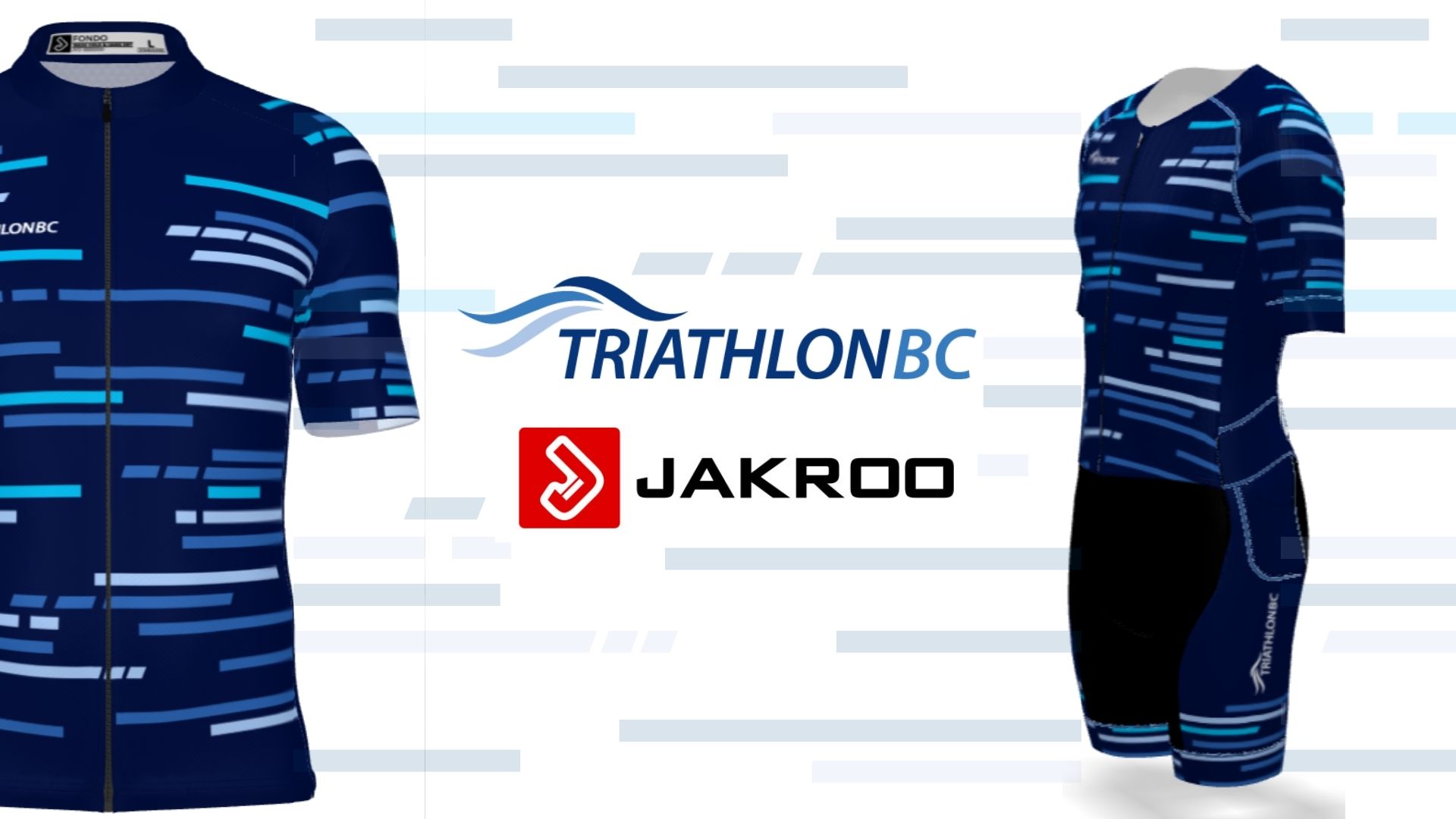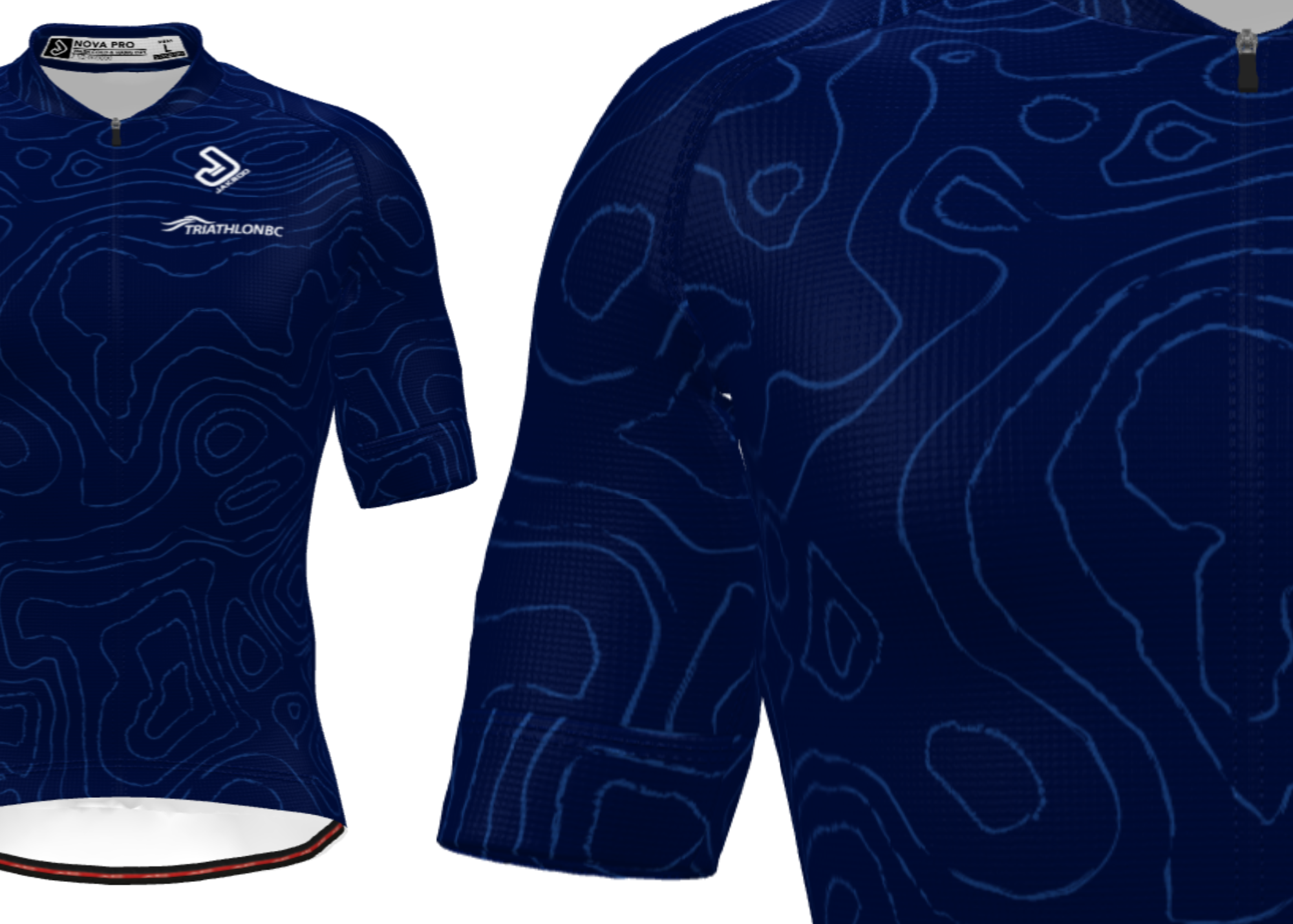In triathlon, we measure progress in distance or time. Multisport hours accumulate, and the aerobic engine is celebrated as the cornerstone of performance. But these metrics alone are not enough. What’s often missing is strength.
As both a physician and someone who has spent years immersed in the sport of triathlon, I’ve seen the same story repeat itself: athletes who avoid resistance training may get fitter in the short term, but over time they pay the price—more injuries, less efficiency, and faster age-related decline. Strength training is not an optional add-on. It is a core investment in both performance and long-term health.
The Performance Edge
The science is consistent: combining resistance and endurance training improves performance across key measures, without compromising aerobic capacity or adding unwanted bulk [1–4].
- Better economy. Stronger muscles require less oxygen for the same work, improving running and cycling efficiency.
- Durability under fatigue. Strength helps you maintain form and efficiency when the miles add up. That reserve reduces wear and tear, allowing you to train consistently and enjoy the sport for longer.
- Injury protection. Overuse injuries are common in triathlon. Strengthening the hips, calves, and trunk lowers the risk of patellofemoral pain syndrome (pain around or behind the kneecap), iliotibial band syndrome (tightness and pain along the outer thigh), tendinopathy (overuse-related tendon pain and stiffness), and low-back pain [5].
Why does this happen? Resistance training improves neuromuscular recruitment and force development, making each movement more efficient. Importantly, these adaptations occur without blunting mitochondrial or capillary growth.
And the benefits go deeper. In 2025, a randomized controlled trial (RCT – the gold-standard study design for testing interventions) showed that 12 weeks of heavy strength training in multisport athletes increased Achilles tendon stiffness by 39% and patellar tendon stiffness by 16% [9]. In plain terms, the tendons themselves remodeled at the microscopic level—becoming stronger, more resilient structures that can withstand repetitive load.
Beyond Race Day: Protecting Your Health
Most triathletes don’t just want a faster split. They want to keep training, racing, and moving well as the years pass. Resistance training is one of the most effective ways to make that possible.
- Preserving muscle mass. After age 40, we lose nearly 1% of muscle mass each year and 3–4% of strength. This decline directly affects independence, recovery, and quality of life. Resistance training slows or reverses that loss [6].
- Metabolic health. Muscle tissue is metabolically active. More lean mass improves glucose control, insulin sensitivity, brain health, and resting metabolic rate—key defenses against type 2 diabetes, cardiovascular disease [7], and cognitive decline.
- Bone and joint health. Triathlon is high-volume but linear. Swimming is non-weight-bearing, cycling is low-impact, and running loads bones repetitively in one plane. Resistance training provides the varied, multidirectional forces bones need to maintain density, reducing the risk of osteopenia and osteoporosis [8].
Recent literature adds perspective. A 2024 Sports Medicine review showed that moderate hypertrophy supports endurance performance, while excessive hypertrophy can be counterproductive [10]. And a 2025 analysis found recreational athletes adapt quickly to simple programs, while elites require more advanced approaches to continue progressing [12].
Practical Application for Multisport Athletes
The evidence points to 2–3 resistance sessions per week as the sweet spot for performance and health. These don’t need to be long or complicated:
- Compound lifts (squats, deadlifts, lunges, presses, pulls) build large, integrated muscle groups.
- Plyometrics (jumps, medicine ball throws) improve tendon stiffness and explosive strength.
- Stability and mobility drills (single-leg balance, core, rotational strength) protect against repetitive strain.
But consistency matters more than volume. A recent randomized controlled trial in trained cyclists found that even one weekly session maintained and improved strength and efficiency during a full season of endurance training [13]. This aligns with a 2024 narrative review showing that low-frequency “minimalist” resistance training—just one session per week—can still produce meaningful improvements in strength and physical fitness, especially when applied consistently [14].
For busy triathletes, this means that “something” truly is better than “nothing”—and while 2–3 sessions deliver the most benefit, just one session a week still provides measurable gains.
The how matters as much as the what:
- Start light. Prioritize control and only increase weight when form is consistent.
- Form matters. Poor technique under load increases risk. A mobility or movement screen can highlight restrictions or imbalances before heavier training.
- Get support. A certified trainer, exercise physiologist, or strength coach can ensure safe progression, proper form, and integration with endurance training.
The Bottom Line
The sport of triathlon is about balance—across disciplines, across training loads, and across a lifetime. Resistance training is often the missing link: it improves performance today and protects the ability to keep doing what you love tomorrow.
And remember: even one well-structured session a week is enough to make a measurable difference. Stronger muscles, healthier metabolism, and denser bones form the foundation for a lifetime of movement. Resistance training helps ensure you can keep showing up—healthy, resilient, and ready for what’s next.
About Dr. Sirounis and Evolving Health
Dr. Demetrios Sirounis, MD, FRCPC is a cardiovascular anesthesiologist, critical care physician, and lifelong endurance athlete. He is the Co-Founder and Medical Director of Evolving Health, a Vancouver-based physiology lab and longevity clinic. At Evolving Health, his team delivers advanced testing and evidence-based health strategies that help athletes and active individuals understand their bodies, reduce injury risk, and build the foundation for long-term health and performance. Drawing on both medicine and sport, he continues to support the endurance community with insights to help triathletes train smarter and thrive for the long run.
References
- Rønnestad BR, Mujika I. Optimizing strength training for running and cycling endurance performance: A review. Scand J Med Sci Sports. 2014;24(4):603–612.
- Balsalobre-Fernández C, Santos-Concejero J, Grivas GV. Effects of strength training on running economy in highly trained runners: A systematic review with meta-analysis. J Strength Cond Res. 2016;30(8):2361–2368.
- Yamamoto LM, et al. The effects of resistance training on endurance distance running performance among highly trained runners: A systematic review. J Strength Cond Res. 2008;22(6):2036–2044.
- Beattie K, Kenny IC, Lyons M, Carson BP. The effect of strength training on performance indicators in distance runners. J Strength Cond Res. 2014;28(2):403–421.
- Lauersen JB, Bertelsen DM, Andersen LB. The effectiveness of exercise interventions to prevent sports injuries: a systematic review and meta-analysis of RCTs. Br J Sports Med. 2014;48(11):871–877.
- Goodpaster BH, Park SW, Harris TB, et al. The loss of skeletal muscle strength, mass, and quality in older adults: The Health ABC Study. J Gerontol A Biol Sci Med Sci. 2006;61(10):1059–1064.
- Srikanthan P, Karlamangla AS. Relative muscle mass is inversely associated with insulin resistance and prediabetes. J Clin Endocrinol Metab. 2011;96(9):2898–2903.
- Guadalupe-Grau A, Fuentes T, Guerra B, Calbet JAL. Exercise and bone mass in adults. Sports Med. 2009;39(6):439–468.
- Jacobs MW, et al. Maximal strength training improves muscle-tendon properties and increases tendon matrix remodulation in well-trained triathletes. Sci Rep. 2025.
- Van Hooren B, Aagaard P, Blazevich AJ. Optimizing resistance training for sprint and endurance athletes: balancing positive and negative adaptations. Sports Med. 2024;54(12):3019–3050.
- Vikestad V, Dalen T. Effect of strength and endurance training sequence on endurance performance. Sports. 2024;12(8):226.
- Aslam S, et al. Neuromuscular adaptations to resistance training in elite versus recreational athletes. Front Physiol. 2025.
- Rønnestad BR, et al. One weekly strength training session preserves strength and cycling performance in well-trained cyclists during a 26-week endurance training period. Scand J Med Sci Sports. 2023;33(12):1862–1876.
- Schoenfeld BJ, et al. Minimalist Training: Is Lower Dosage or Intensity Resistance Training Effective to Improve Physical Fitness? A Narrative Review. Sports Med. 2024;54(2):219–236.




